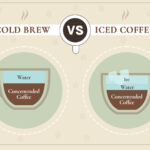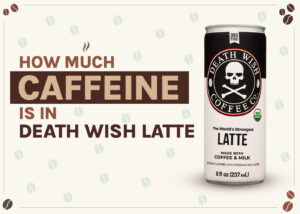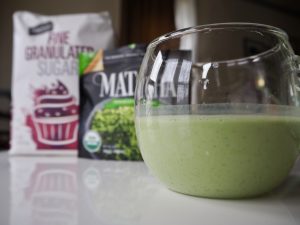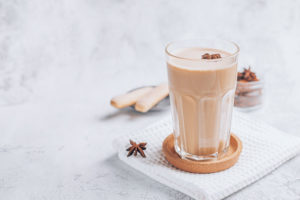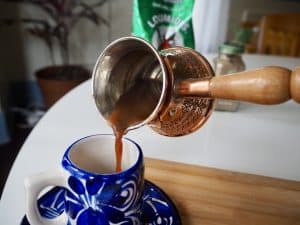
Bang and Monster energy drinks both taste great and can help provide the kick that you may need to get your day going. They’re in similarly sized cans, so you might be wondering what the differences between them are and which one is better. Keep reading as we compare their ingredients, caffeine content, health risks, and benefits.

A Quick Look at Caffeine: Bang vs. Monster
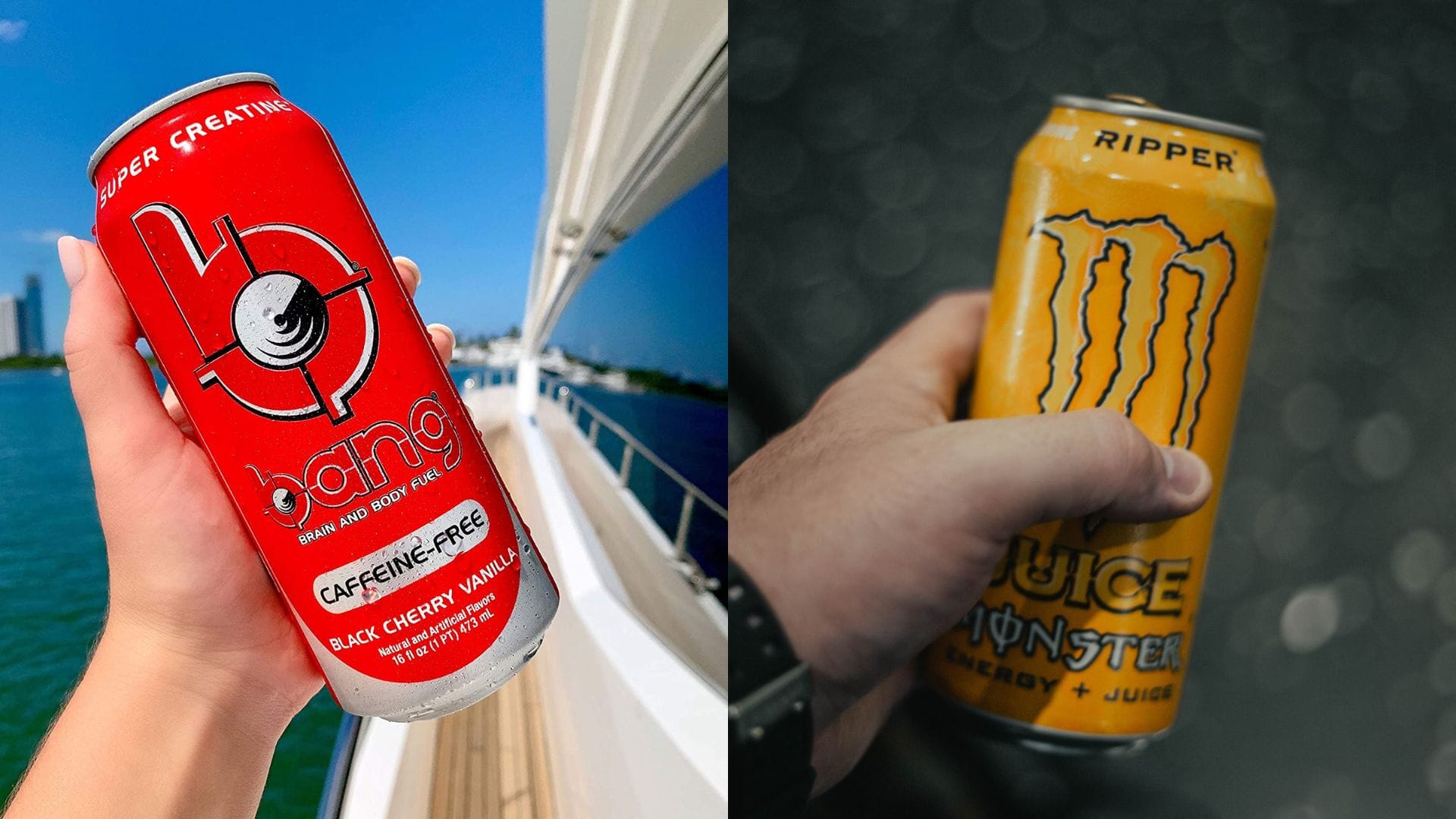
Bang
Bang is the clear winner regarding caffeine content, as a single 16-ounce can has 300 milligrams (mg). Conversely, Monster energy drinks contain about 160 mg per 16-ounce can. Most experts recommend limiting your caffeine consumption to less than 400 mg daily to avoid health problems like trouble sleeping, nervousness, tremors, and high blood pressure, so a single can of Bang will get you quite close. A standard cup of drip-brewed morning coffee usually contains 90–140 mg of caffeine, while the average cup of black tea contains about 45 mg.
| Bang Caffeine | Monster Caffeine |
| 300 mg per 16 oz. | 160 mg per 16 oz. |
How Much Sugar in Bang Energy Drink?
Bang Energy Drink contains no sugar and is a 0-calorie beverage. There’s also no fat and it is low in sodium. It provides several B vitamins, which can also help boost energy and be a good source of calcium and magnesium.
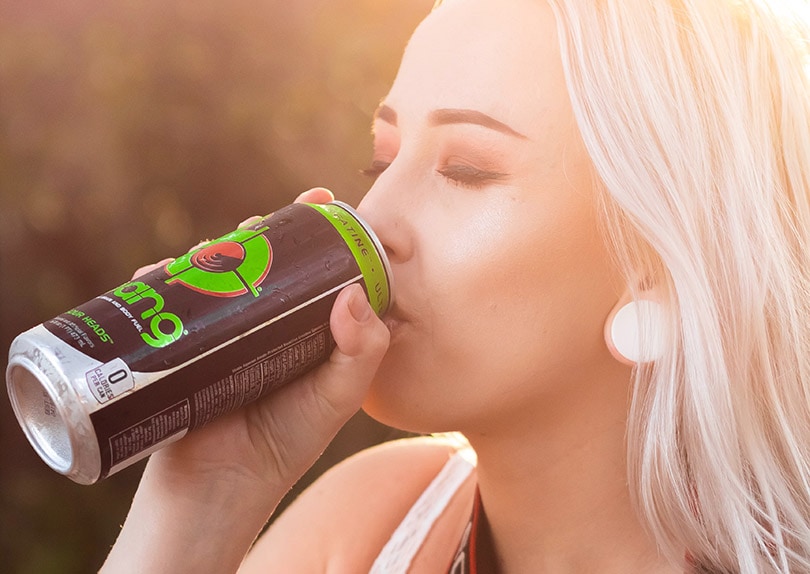
How Much Sugar in Monster Energy Drink?
Monster Energy Drinks contain much more sugar than Bang, as a single 16-ounce serving has 54 grams. Since 1 gram is equal to ¼ teaspoon, a single can of Monster contains 13.5 teaspoons of sugar. This much sugar can lead to weight gain and tooth decay if you consume it in excess. Monster Energy Drinks also contain more sodium compared to Bang at 370 mg and don’t have vitamin C, magnesium, or calcium. Still, it contains more B vitamins, which might help improve focus.
| Bang Sugar | Monster Sugar |
| 0 grams | 54 grams |

What Are Other Important Ingredients in Bang or Monster?
Bang
Bang Energy Drinks contain two additional ingredients that you will not find in Monster. The first is super creatine, a supplement that can help with muscle building. It also helps improve cellular hydration and boost energy. The second ingredient is a collection of important amino acids that help the body use protein and boost energy levels.
Monster
Monster Energy Drinks contain ginseng extract, a powerful antioxidant that can help you fight off disease and stay healthy. Ginseng also helps reduce inflammation.
Both
Sucralose is one ingredient that both beverages can contain. It’s an artificial sweetener that is used in many foods. It’s safe in moderation, but there are ongoing studies on possible health harm when consumed in excess.
Caffeine in Bang vs. Monster: The Bottom Line
If you are looking for a quick energy boost without added sugar, the clear choice is Bang Energy Drinks. These beverages contain 300 mg of caffeine per can, and you will also find essential amino acids and super creatine, which can help boost performance if you live an active lifestyle. However, the amount of caffeine in Bang puts you close to the recommended limit, so if you are a regular coffee drinker, you might want to avoid this beverage to preserve your health. Monster Energy Drinks taste great and provide more caffeine than a standard coffee to help get you moving, but you will need to watch the sugar content, so you don’t promote tooth decay or other health problems.
Read More:
- Caffeine in Monster vs. Coffee: Which Has More? By How Much?
- Verve Energy Drink: Caffeine Content and Ingredients
- Ginseng vs. Caffeine: Comparing the Effects on Your Body and Mind
Featured Image Credit By: (R) Kenny Eliason, Unsplash


